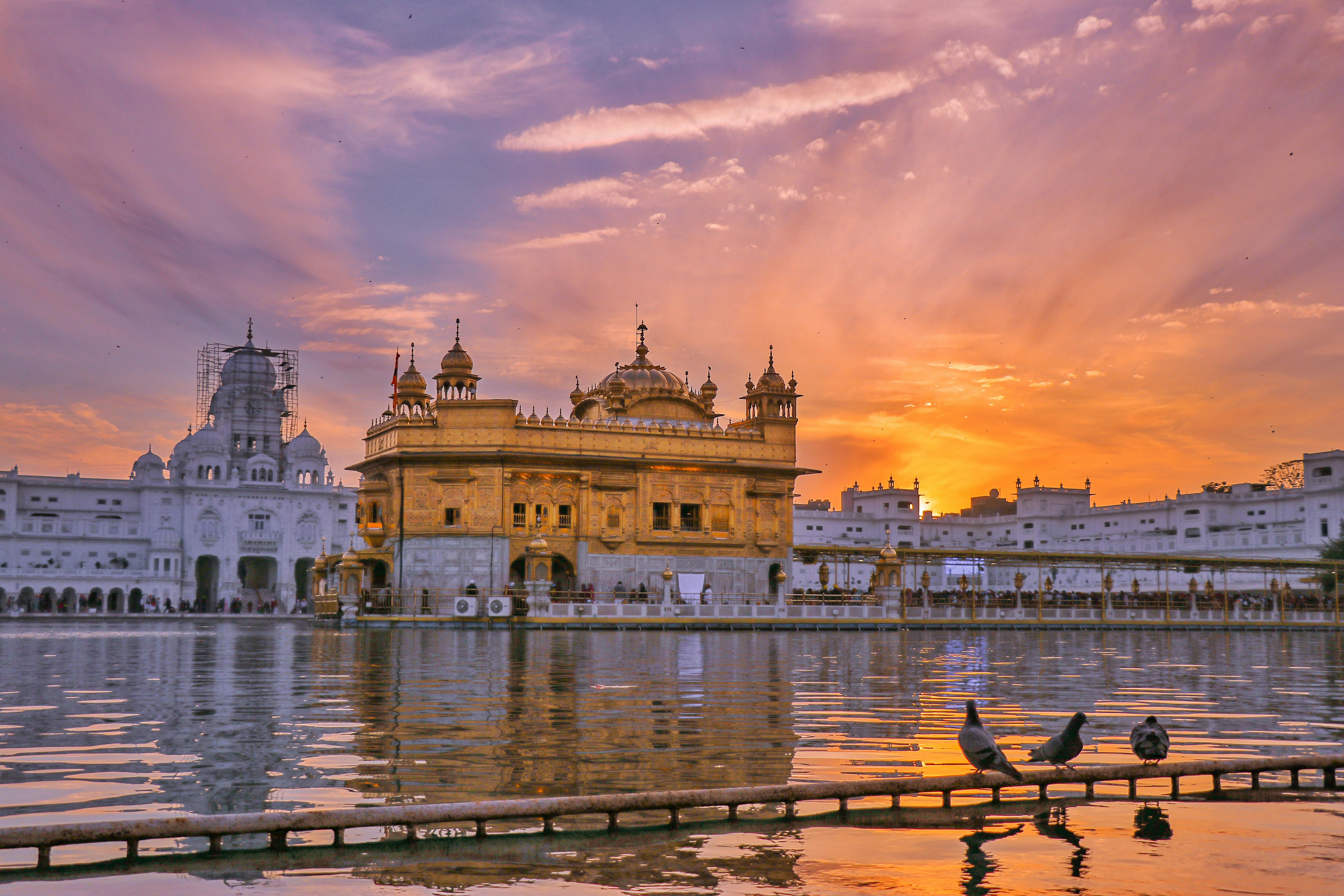Amritsar - Unveiling the Golden Temple & Rich Sikh Heritage

Strong 8k brings an ultra-HD IPTV experience to your living room and your pocket.
Golden hues illuminate the spiritual city of Amritsar, home to the awe-inspiring Golden Temple. This sacred site stands as a beacon of Sikh faith and attracts millions of pilgrims and visitors each year. Beyond its shimmering facade, Amritsar boasts a rich tapestry of Sikh heritage that dates back centuries, with historical landmarks and rituals that offer a glimpse into the vibrant culture and traditions of the Sikh community. Join us as we probe into the heart of Amritsar, uncovering the wonders of the Golden Temple and exploring the depths of Sikh history and spirituality.
The History of Amritsar
The Origin and Growth of the City
Amritsar, one of the most iconic cities in India, has a rich historical background that dates back several centuries. The city's origins can be traced back to the 16th century when it was founded by Guru Ram Das, the fourth Sikh Guru. Over the years, Amritsar grew in prominence as a spiritual and cultural hub, attracting people from various regions.
As the city continued to flourish, it became a significant center for Sikhism, with the establishment of various religious institutions and the construction of the revered Golden Temple. Amritsar's strategic location along the historic Grand Trunk Road further contributed to its growth as a bustling trade center, connecting different parts of the Indian subcontinent.
The Founding of the Golden Temple
To understand the significance of the Golden Temple, one must examine into its intriguing history. The foundation of this sacred shrine was laid by Guru Arjan Dev, the fifth Sikh Guru, in the early 17th century. Over time, the Golden Temple evolved into a symbol of Sikh faith and unity, attracting pilgrims and visitors from across the globe.
For instance, the Golden Temple's architecture incorporates elements of both Hindu and Islamic styles, reflecting the inclusive nature of Sikhism. The shimmering golden exterior of the temple, surrounded by the serene waters of the Amrit Sarovar (Pool of Nectar), creates a mesmerizing sight that leaves visitors in awe of its beauty and spiritual significance.
The Golden Temple: An Architectural Marvel
The Design and Structure
Temple stands as a breathtaking blend of Hindu and Islamic architectural styles, representing the inclusive nature of the Sikh faith. The structure features stunning white marble inlay work, intricate frescoes, and a mesmerizing golden dome that glitters in the sunlight.
Surrounded by a tranquil pool known as the Amrit Sarovar, the Golden Temple is accessed through a causeway, symbolizing the journey of the soul towards enlightenment.
Symbols and Meanings
On a deeper level, the Golden Temple is not just a magnificent edifice but a repository of profound symbolism and spiritual significance. The four entrances in different directions symbolize the openness of Sikhs to people of all faiths and backgrounds.
For instance, the dome represents the unity of God, while the sacred pool signifies the interconnectedness of all beings through the concept of Ek Onkar, emphasizing the oneness of the universe.
Sikh Heritage and Culture in Amritsar
The Tenets of Sikhism
One of the central tenets of Sikhism is the belief in one God and the teachings of the ten Sikh Gurus. Sikhs follow the principles of equality, service to others, and honest living. The concept of selfless service, known as 'seva', is deeply ingrained in Sikh teachings, encouraging individuals to help those in need and contribute to the community.
Another core belief in Sikhism is the importance of meditation and prayer. Sikhs practice daily prayer and meditation to connect with the divine and seek guidance for leading a righteous life. The teachings of Sikhism emphasize the values of compassion, humility, and devotion to God.
Festivals and Rituals
Heritage Sikh festivals like Gurpurab, celebrating the birth anniversaries of the Sikh Gurus, and Vaisakhi, which marks the harvest festival and the formation of the Khalsa, are observed with great fervor in Amritsar. Rituals such as 'langar', the community kitchen serving free meals to all visitors, highlight the Sikh tradition of equality and hospitality.
Visitors to Amritsar can witness the elaborate rituals and ceremonies at the Golden Temple, including the continuous recitation of the Guru Granth Sahib, the holy scripture of Sikhism, and the mesmerizing 'Gurbani Kirtan', devotional singing of hymns. These traditions showcase the rich cultural heritage and spiritual fervor of the Sikh community in Amritsar.
Around Amritsar: Other Historical Sites
Many historical sites around Amritsar offer a glimpse into the region's rich past and cultural significance. Exploring these sites provides a deeper understanding of the history and heritage that have shaped the city and its people over the years.
Jallianwala Bagh
The Jallianwala Bagh is a poignant historical site in Amritsar that bears witness to one of the darkest chapters in India's struggle for independence. The infamous massacre that took place here on April 13, 1919, saw hundreds of unarmed civilians being mercilessly killed by British troops. The bullet marks on the walls and the Martyrs' Well stand as solemn reminders of the sacrifices made by those who fought for freedom.
The memorial at Jallianwala Bagh serves as a place of remembrance and homage to the martyrs who laid down their lives for the nation. Visitors can pay their respects at the memorial and learn more about the tragic events that unfolded at this historic site, making it a significant stop for those interested in India's independence movement.
Wagah Border
The Wagah Border, located about 28 kilometers from Amritsar, is a unique and vibrant site that marks the border between India and Pakistan. The daily Beating Retreat ceremony held here is a spectacle to behold, as soldiers from both countries engage in an elaborate display of military showmanship and patriotism. The electrifying atmosphere, with crowds cheering on either side of the border, creates a sense of unity and rivalry at the same time.
To witness the Wagah Border ceremony is to experience the deep-rooted nationalism and fervor that characterizes the relationship between India and Pakistan. The sight of the soldiers in their ceremonial attire and the rhythmic parade movements make this border ceremony a captivating event that shouldn't be missed during a visit to Amritsar.
Summing up
From above, Amritsar truly stands out as a destination that fascinates with its breathtaking Golden Temple and rich Sikh heritage. The city's vibrant culture, history, and religious significance make it a must-visit for travelers seeking a deeper understanding of Sikhism and Indian history. The enduring spirit of the Sikh community and the serenity of the Golden Temple leave a lasting impression on all who visit, showcasing the beauty and significance of this sacred place. Amritsar serves as a reminder of the rich cultural tapestry that India has to offer, inviting visitors to immerse themselves in its traditions and spirituality.
Note: IndiBlogHub features both user-submitted and editorial content. We do not verify third-party contributions. Read our Disclaimer and Privacy Policyfor details.







